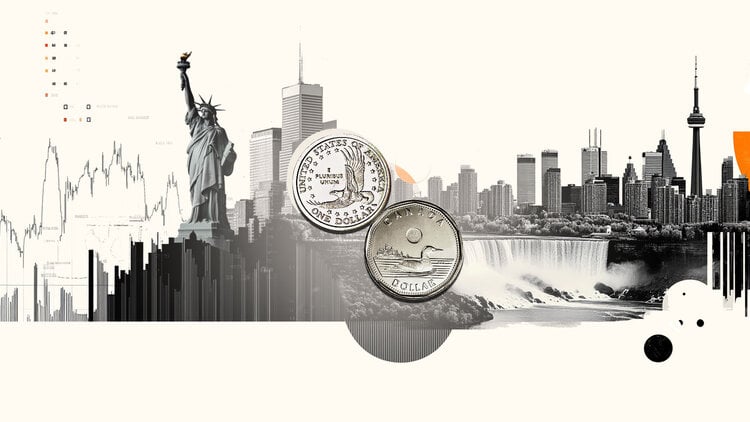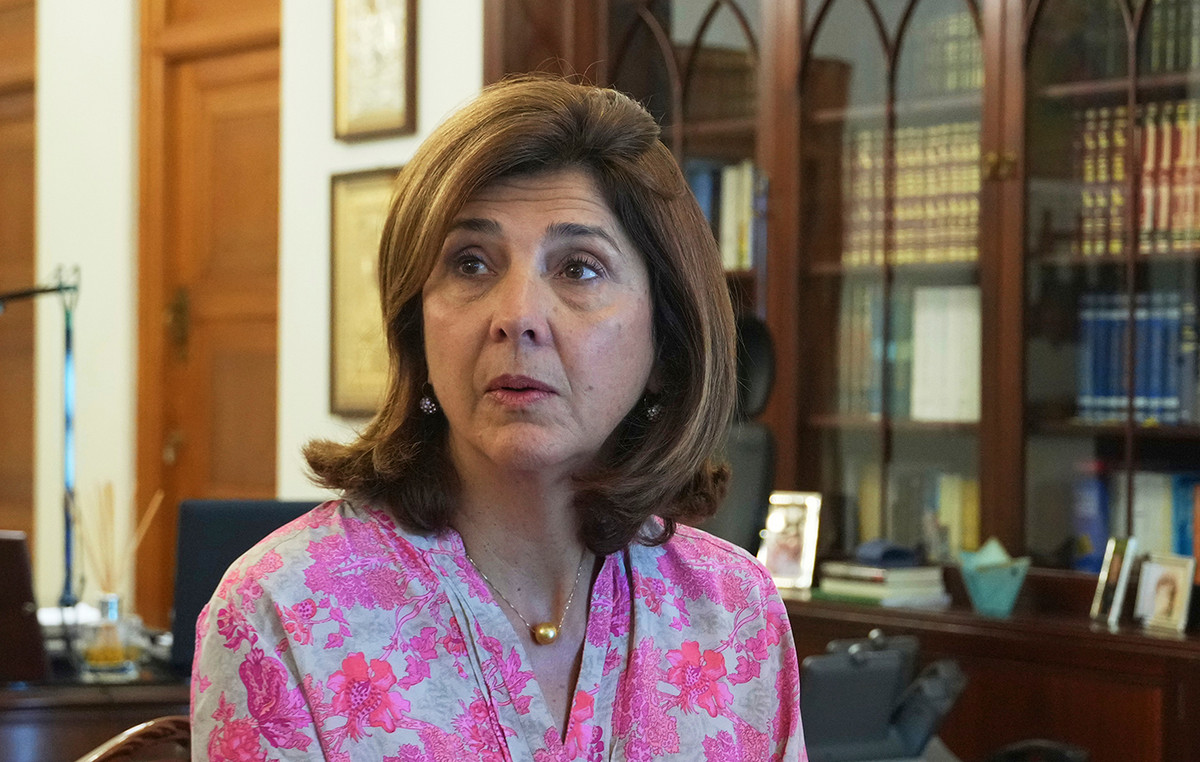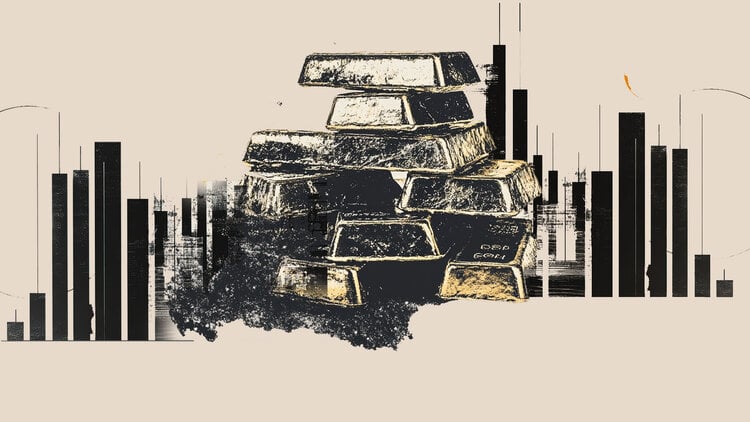- AUD/USD attracts some buyers on Monday amid a modest decline in the USD.
- The RBA’s dovish turn and China’s economic woes limit AUD’s gains.
- Traders seem reluctant to open directional positions ahead of the Fed’s decision.
The AUD/USD pair maintains its slightly positive bias during the first half of the European session on Monday, although it lacks continuation in buying. Spot prices remain close to a more than one-year low hit last Friday and are currently trading around the 0.6365-0.6370 region, up just over 0.15% on the day.
The US Dollar (USD) starts the new week on a weaker note amid a modest pullback in US Treasury yields and turns out to be a key factor lending some support to the AUD/USD pair. That said, the Reserve Bank of Australia’s (RBA) dovish turn, coupled with China’s economic woes, act as a headwind for the Australian Dollar (AUD). Apart from this, expectations of a less dovish Federal Reserve (Fed) favor the USD bulls and suggest that the path of least resistance for spot prices remains to the downside.
Investors now appear convinced that the US central bank will slow the pace of its rate cutting cycle amid signs that progress in reducing inflation towards the 2% target has stalled. This, in turn, has been a key factor behind the recent rise in the benchmark 10-year US Treasury yield to a three-week high and validates the positive outlook for the Dollar. Aside from this, geopolitical risk and fears of a US-China trade war should benefit the safe-haven dollar, warranting some caution before opening bullish positions on the AUD/USD pair.
Traders could also refrain from opening aggressive bets and choose to wait for the outcome of the expected FOMC monetary policy meeting on Wednesday. The Fed is expected to reduce borrowing costs by 25 basis points (bps), although it could take a more cautious stance on rate cuts. The focus will therefore be on the accompanying policy statement, which, together with Fed Chair Jerome Powell’s comments at the post-meeting press conference, will boost demand for the USD and provide a new boost to the AUD/USD pair.
The Australian Dollar FAQs
One of the most important factors for the Australian Dollar (AUD) is the level of interest rates set by the Reserve Bank of Australia (RBA). As Australia is a resource-rich country, another key factor is the price of its largest export, iron ore. The health of the Chinese economy, its largest trading partner, is a factor, as is inflation in Australia, its growth rate and the Balance of Trade. Market sentiment, that is, whether investors bet on riskier assets (risk-on) or seek safe havens (risk-off), is also a factor, with the risk-on being positive for the AUD.
The Reserve Bank of Australia (RBA) influences the Australian Dollar (AUD) by setting the level of interest rates that Australian banks can lend to each other. This influences the level of interest rates in the economy as a whole. The RBA’s main objective is to maintain a stable inflation rate of 2%-3% by adjusting interest rates up or down. Relatively high interest rates compared to other major central banks support the AUD, and the opposite for relatively low ones. The RBA can also use quantitative easing and tightening to influence credit conditions, with the former being negative for the AUD and the latter being positive for the AUD.
China is Australia’s largest trading partner, so the health of the Chinese economy greatly influences the value of the Australian Dollar (AUD). When the Chinese economy is doing well, it buys more raw materials, goods and services from Australia, which increases demand for the AUD and drives up its value. The opposite occurs when the Chinese economy does not grow as fast as expected. Therefore, positive or negative surprises in Chinese growth data usually have a direct impact on the Australian Dollar.
Iron ore is Australia’s largest export, with $118 billion a year according to 2021 data, with China being its main destination. The iron ore price, therefore, may be a driver of the Australian dollar. Typically, if the price of iron ore rises, the AUD also rises as aggregate demand for the currency increases. The opposite occurs when the price of iron ore falls. Higher iron ore prices also tend to result in a higher likelihood of a positive trade balance for Australia, which is also positive for the AUD.
The trade balance, which is the difference between what a country earns from its exports and what it pays for its imports, is another factor that can influence the value of the Australian dollar. If Australia produces highly sought-after exports, its currency will gain value solely from the excess demand created by foreign buyers wanting to purchase its exports versus what it spends on purchasing imports. Therefore, a positive net trade balance strengthens the AUD, with the opposite effect if the trade balance is negative.
Source: Fx Street
I am Joshua Winder, a senior-level journalist and editor at World Stock Market. I specialize in covering news related to the stock market and economic trends. With more than 8 years of experience in this field, I have become an expert in financial reporting.







